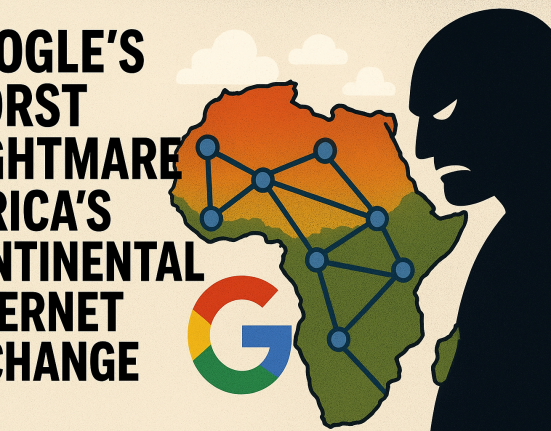Tech giants unite unveiling a massive $500B AI Infrastructure plan. During the Cold War, fear, secrecy, and the pursuit of unconventional warfare drove the U.S. government to fund a secretive and controversial intelligence program known as the Stargate Project. This initiative, active from the 1970s until its termination in 1995, was an attempt to weaponize the human mind — specifically through “remote viewing,” the claimed psychic ability to perceive distant locations and hidden objects without physical contact.
The project was born from reports that the Soviet Union had been investing heavily in psychic research. American intelligence feared being left behind in a new, non-traditional arms race. In response, the CIA, and later the Defense Intelligence Agency (DIA), began funding classified studies in parapsychology. These programs were run out of places like the Stanford Research Institute (SRI) in California, where scientists like Russell Targ and Harold Puthoff explored whether psychic phenomena could be turned into tools of national defense.
Central to the Stargate Project was the practice of remote viewing. Test subjects would sit in a quiet room, given nothing more than a set of coordinates or a vague prompt, and asked to describe or sketch details of a target — a military installation, a hostage location, or even events occurring across the globe. Notable participants included Ingo Swann, who helped design early remote viewing protocols, and Joseph McMoneagle, a retired Army intelligence officer who became one of the program’s most vocal advocates. McMoneagle claimed dozens of operational successes, including locating Soviet submarines and detecting terrorist activity.
Despite some anecdotal success stories, the project remained controversial. The scientific rigor of the studies was often questioned, and critics pointed to confirmation bias, weak controls, and the inability to consistently reproduce results. By the early 1990s, growing skepticism and budgetary pressure led to a formal review by the American Institutes for Research.
In 1995, following that review, the CIA declassified parts of the Stargate Project and officially shut it down. The final assessment concluded that remote viewing had not produced actionable intelligence and could not be reliably used for military or intelligence operations. In essence, psychic spying, while fascinating, was deemed scientifically unprovable and operationally ineffective.
Yet, the story didn’t end there. Stargate captured the imagination of the public and the media. It inspired books, television specials, and the 2009 film The Men Who Stare at Goats, which satirized real-life elements of the project. For conspiracy theorists and paranormal enthusiasts, it became further proof of the government’s hidden interest in the supernatural.
Today, the Stargate Project stands as a bizarre footnote in U.S. intelligence history — part scientific inquiry, part Cold War paranoia, and part cultural myth. Whether seen as an exploration of untapped human potential or an expensive venture into pseudoscience, Stargate remains one of the most intriguing examples of how far governments will go in search of an edge — even into the unknown.








Leave feedback about this
You must be logged in to post a comment.